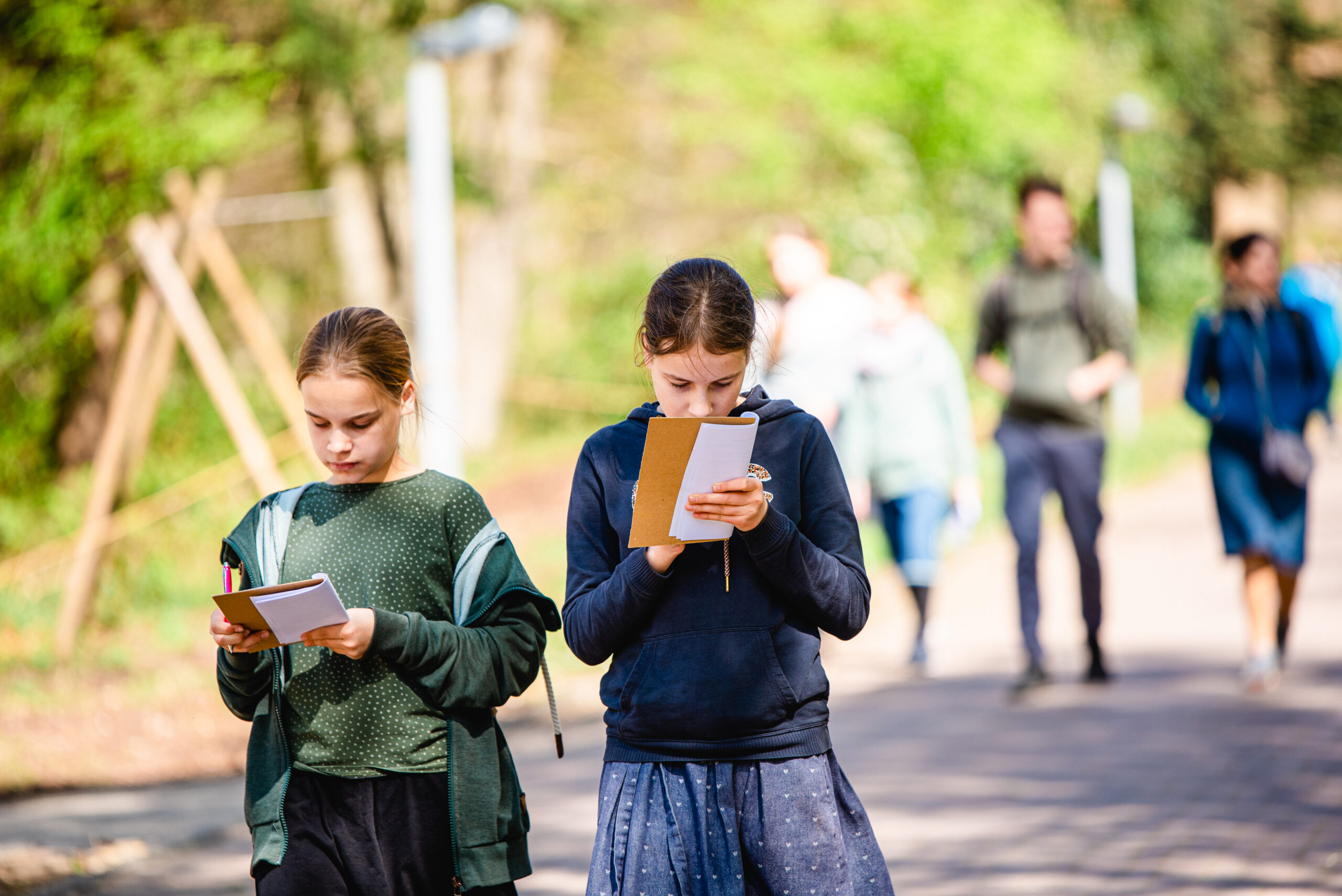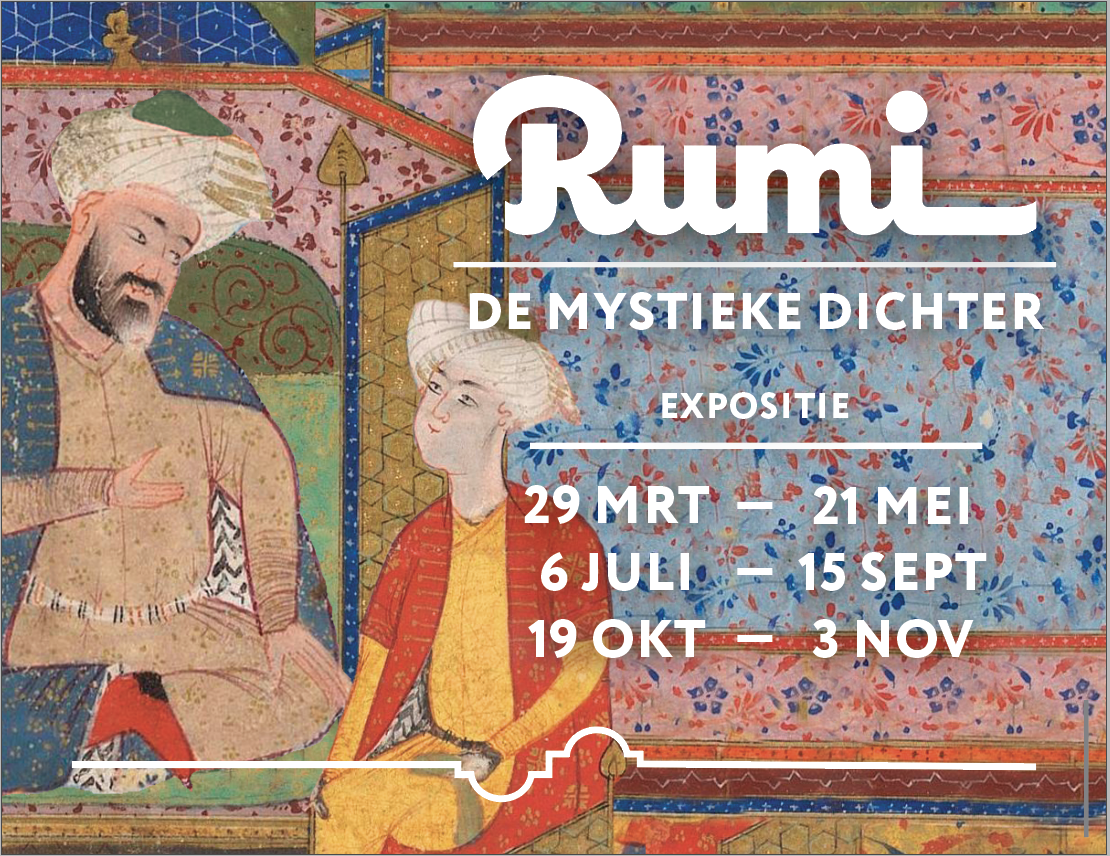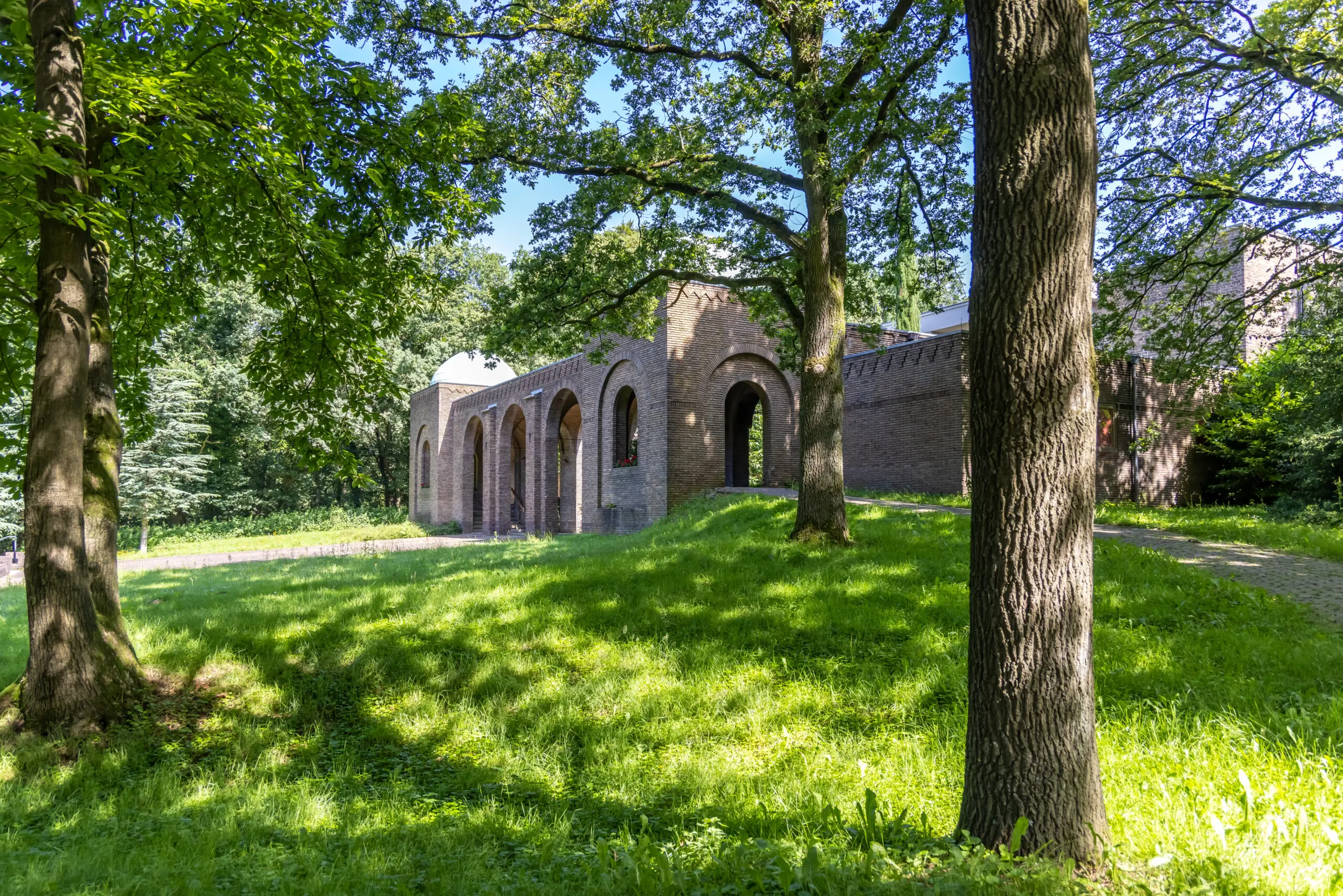Welkom bij Museumpark Orientalis
Verruim je wereld
Ontdek de pelgrim in jezelf
Kidsproof Museum
Museumpark Orientalis is nu ook één van de 77 Nederlandse musea die voor 2024 als Kidsproof zijn beoordeeld! Dit is een initiatief van de Museumvereniging voor kinderen tot en met 12 jaar. Met het doel kinderen op een speelse manier te laten ervaren wat er in Nederlandse musea te ontdekken is.
Kinderen hebben ons veel positieve reviews gegeven waardoor wij nu dus officeel een Kidsproof museum zijn. Goed om te weten als je van plan bent met je (klein)kind naar ons mooie museumpark te komen.

Vrijwilligers
Wij zijn altijd op zoek naar vrijwilligers die zich willen inzetten voor het museumpark. Ben je klantvriendelijk en zorg je er graag voor dat mensen met een glimlach aan hun museumbezoek beginnen? Misschien is de functie van kassamedewerker iets voor jou. Of steek je juist graag de handen uit de mouwen? Denk dan eens aan (groen)onderhoud.


